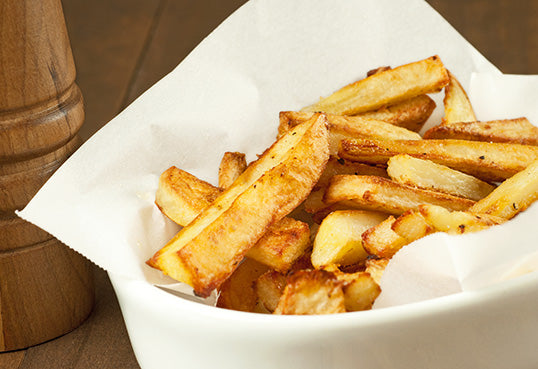Back in September 2013, the EatSmart blog ran a post about the new FDA standards that define specifically what it means for a food product to be labeled 'gluten-free'. Starting today, 'gluten-free' labels on packaged foods have real meaning; food manufacturers are now required to ensure that anything labeled gluten-free contains less than 20 parts per million of gluten. That amount is generally recognized by the medical community to be low enough so that most people who have Celiac disease won't get sick if they eat it. Those products now labeled 'gluten free' are technically free of wheat, rye and barley.
 The standard will ensure that companies can't label products "gluten-free" if they are cross-contaminated from other products made in the same manufacturing facility. The rules don't apply to restaurants, but the Food and Drug Administration is encouraging them to comply.
Keep in mind, however, the gluten-free label is voluntary. Packaged goods like cookies, cakes, pizza, cereals and pasta do not have to carry a claim about gluten, unlike requirements for allergens such as nuts and wheat.
The standard will ensure that companies can't label products "gluten-free" if they are cross-contaminated from other products made in the same manufacturing facility. The rules don't apply to restaurants, but the Food and Drug Administration is encouraging them to comply.
Keep in mind, however, the gluten-free label is voluntary. Packaged goods like cookies, cakes, pizza, cereals and pasta do not have to carry a claim about gluten, unlike requirements for allergens such as nuts and wheat.
 The standard will ensure that companies can't label products "gluten-free" if they are cross-contaminated from other products made in the same manufacturing facility. The rules don't apply to restaurants, but the Food and Drug Administration is encouraging them to comply.
Keep in mind, however, the gluten-free label is voluntary. Packaged goods like cookies, cakes, pizza, cereals and pasta do not have to carry a claim about gluten, unlike requirements for allergens such as nuts and wheat.
The standard will ensure that companies can't label products "gluten-free" if they are cross-contaminated from other products made in the same manufacturing facility. The rules don't apply to restaurants, but the Food and Drug Administration is encouraging them to comply.
Keep in mind, however, the gluten-free label is voluntary. Packaged goods like cookies, cakes, pizza, cereals and pasta do not have to carry a claim about gluten, unlike requirements for allergens such as nuts and wheat.
More GOOD NEWS when it comes to EATING SMART and STAYING HEALTHY.



Leave a comment
This site is protected by hCaptcha and the hCaptcha Privacy Policy and Terms of Service apply.